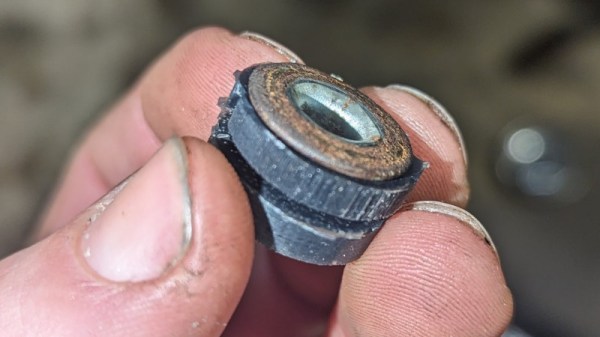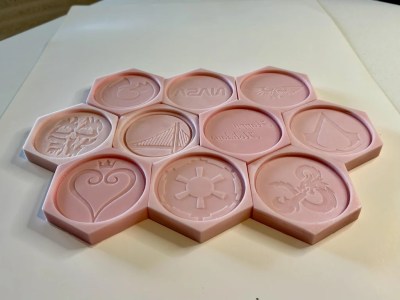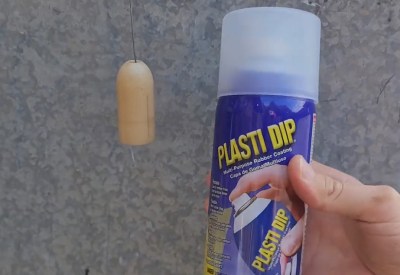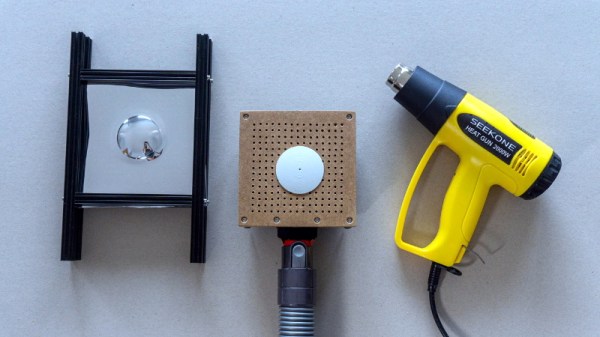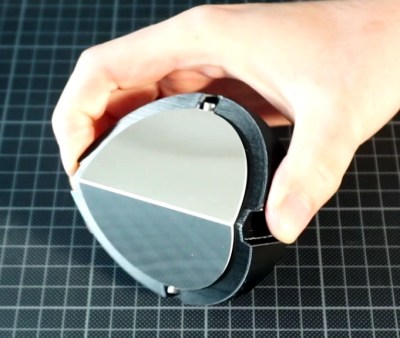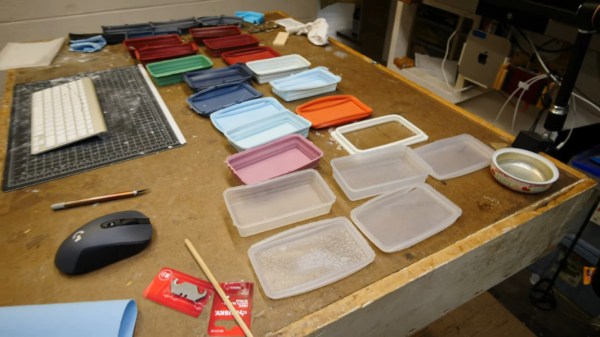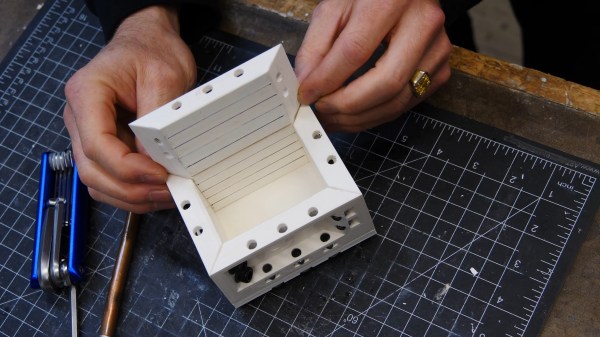We’re accustomed to covering the use of 3D printing in casting, usually as a lost-PLA former in metal casting. That’s not the only use of the technique though, and perhaps one of the simplest is to use a 3D-printed mould for casting concrete. It’s what [ArtByAdrock] is doing in their latest video, casting an ornamental owl model.
The first part of the video below the break deals with the CAD steps necessary to produce the mould, and depending on your CAD proficiency may not be the most interesting part. The process creates a mould with two halves, a pouring hole, and registration points. Then a 3D printer produces it using flexible TPU. The pour is then simplicity itself, using a casting cement mix at a consistency similar to pancake batter. The video shows how a release spray provides easy separation, and the result is a fresh concrete owl and a mould ready for the next pour.
We can see that maybe readers have only so much space in their lives for concrete owls, but this process could be a valuable part of the armoury when it comes to making some less decorative items. It’s not the first time we’ve looked at this type of work.


